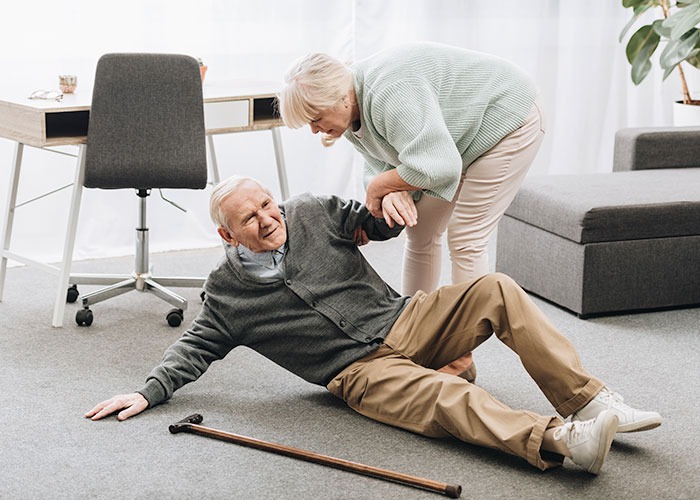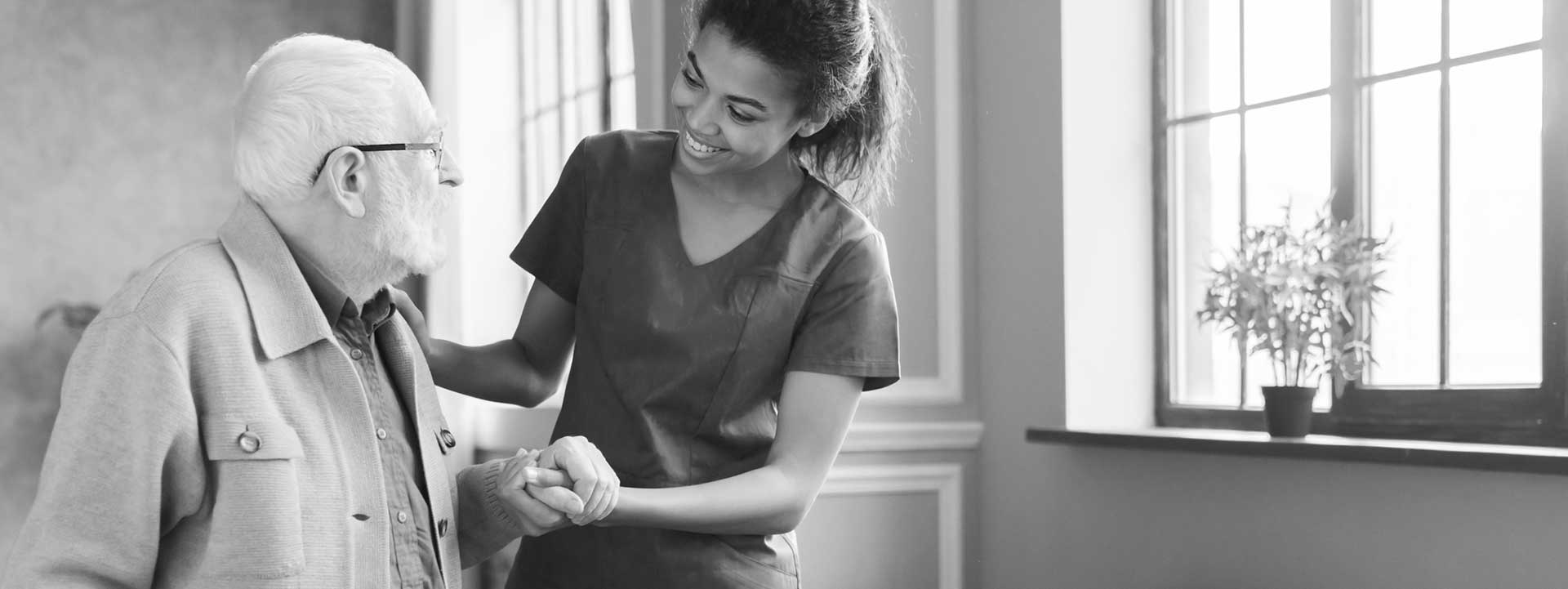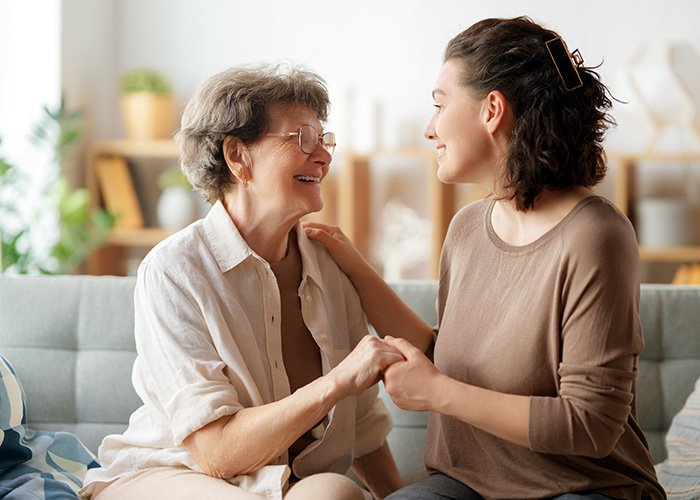9 Commonly Overlooked Fall Risks for Seniors

Falling is a major concern for seniors because it can lead to broken bones, concussions, and other injuries. As you age, it can be harder for your body to recover from this trauma. Understanding common fall risks can help you be more proactive in enhancing your safety. Here are a few things that seniors often overlook but that can increase chances of falling.
- Improper footwear. Shoes or slippers that flop off your foot or do not have good traction can increase your risk of stumbling. Wear shoes that fit securely, have a sturdy bottom, and have non-slip soles.
- Poor lighting. If you can’t clearly see where you’re going, it is easier to trip and fall over something. Installing motion-sensor lights can brighten rooms, stairwells, and hallways as soon as you enter so you don’t have to worry about finding a light switch.
- Pets. As much as you love your dog or cat, they can become a tripping hazard. Train your dog to listen to commands such as sit or stay to reduce their chances of being underfoot. Look around before you get up or move about to know where your pet is. Don’t forget to keep their bedding, food and water dishes, and toys cleaned up and out of the way so they’re not cluttering your walking path.
- Loose rugs. Secure the edges of rugs or carpeting so they don’t roll up or shift out of place. It’s easy to catch your toes, your walker, or your cane on the bunched-up fabric and lose your balance.
- Lack of handrails. You may have handrails in the stairwell or along your front steps, but what about in other areas of your house? Installing grab bars in the bathroom can reduce your risk of falling when using the toilet, shower, or tub. It also gives you something to hold on to if the floor is slippery or simply to steady yourself.
- Dehydration. Not drinking enough water during the day can leave you feeling weak and dizzy. When you go to stand up or move about, you may lose your balance or stumble. Put water bottles in areas you frequent, such as next to the living room sofa, on your nightstand, and in the kitchen so you can easily grab them and take a drink.
- Medication side effects. If you carefully read the labels, you’ll find that certain medications list potential effects like dizziness, lightheadedness, or increased risk of falling. Pay attention to how different prescriptions affect you and talk to your doctor about these concerns and how you can minimize the impact.
- Foot problems. If you have bunions, ingrown toenails, sores, or other problems with your feet, it can affect how you walk. You may be unable to fully bear your weight on one foot or the other, and this can make you unsteady.
- Ill-fitting assistive devices. Make sure that your cane or walker is adjusted to your height so that it is safer to use, and you are not compensating in ways that impact your balance or coordination. The same goes for wheelchairs. Verify that it is the right size for you.
Safety is a top priority, especially if you’re aging in place. Take the time to make appropriate modifications to your home and to your daily activities so that you can reduce your risk of falling and getting injured. An in-home caregiver can assist you in safely navigating, changing positions, and completing different tasks throughout your day. They can also make sure your home and belongings are organized in a way that minimizes trip hazards. Contact Always Best Care at (707) 317-1740 to schedule your free consultation!





